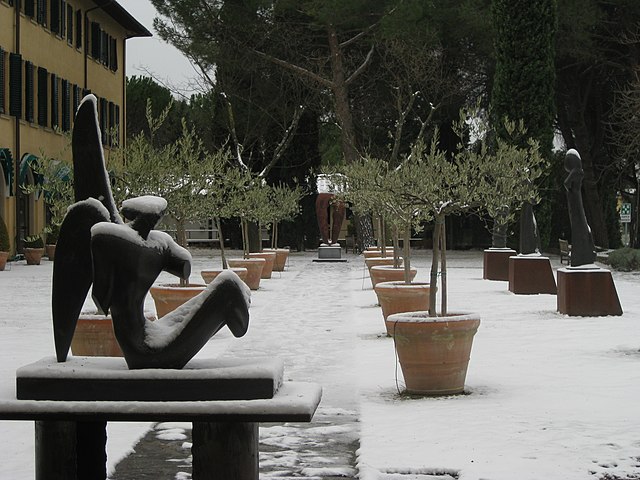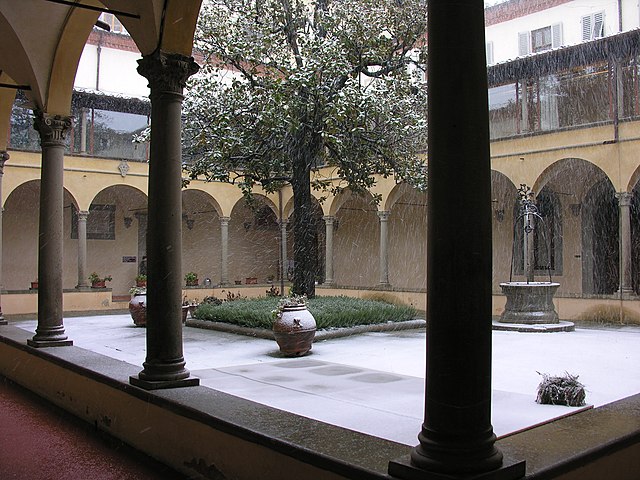
Thammasat University students interested in law, history, political science, sociology, and related subjects may find it useful to participate in a free 1 February Zoom book talk on comparative law.
The event, on Wednesday, 1 February 2023 at 4pm Bangkok time, is organized by the Asian Institute of International Financial Law (AIIFL), a think tank attached to the Faculty of Law, The University of Hong Kong (HKU).
The TU Library collection includes many books about different aspects of comparative law.
The speaker will be Professor Mathias Siems, who teaches private law and market regulation at the European University Institute (EUI) in Florence, Italy. Professor Siems is author of the standard text Comparative Law, which is in the TU Library collection.
Here is the description of the event from its faculty webpage announcement:
This book presents a fresh contextualized and cosmopolitan perspective on comparative law. It critically discusses established approaches to comparative law, but also presents more modern ones, such as socio-legal and empirical comparative law. Special emphasis is given to the impact of globalization on legal systems. It also explains how other disciplines make comparative law richer by using new methods and extending it to new questions.
Discussant for the event will be Associate Professor Jedidiah Kroncke, deputy director of AIIFL, and the book talk will be chaired by Associate Professor Emily Lee, director of AIIFL.
Students are invited to register at this link:
https://hkuems1.hku.hk/hkuems/ec_regform.aspx?guest=Y&UEID=85562
For any questions or further information, please write to
aiiflhku@hku.hk

A review of Professor Siems’ book published in the Edinburgh Law Review stated in part:
With the increasing flow of people, services and goods around the world, the development of the internet and the threats that nuclear power, terrorism, and global warming represent for planet earth, twenty-first century scholars are exploring concepts such as globalisation, transnational law, regulation, and pluralism in an attempt to break new ground. The state does not regulate the behaviour of economic actors, social forces, or citizens/consumers entirely through domestic law. Comparative lawyers have a key role to play in identifying similarities and differences between countries, providing understanding of “what works” and “what is right”. Mathias Siems’ book sets off to explore the methods available to a comparative lawyer in such an inquiry.
This book takes the reader through four stages, starting with past approaches in comparative law (part I: Traditional comparative law), looking at present enriching methods (part II: Extending the methods of comparative law and part III: Global comparative law) and suggesting how comparative law could integrate other disciplines in the future (part IV: Comparative law as an open subject). The substantive chapters give a balanced approach to the various perspectives on comparative law methods including functionalism and legal families, postmodern and socio-legal methods, numerical comparative law, legal transplants, fading state borders, and comparative law and development […]
This book directs the reader to address three inter-related issues. First, interdisciplinarity and dialogue between disciplines are thoroughly promoted. It is, however, unclear whether researchers across disciplines are encouraged to develop a shared research agenda. Secondly, the education (246–247) and training (316–317) of comparative lawyers is advocated. Education is surely key to the comparative project: as comparative law may have various functions, education may be needed to familiarise students with disciplines such as history, economics, politics, sociology, and other languages. How, otherwise, are lawyers to be equipped with the skills and open-mindedness to venture into this latest version of cosmopolitanism?
Thirdly, the development in comparative law research is presented in a linear fashion, from the simplistic four steps of inquiry central to the functionalist approach to a sophisticated toolbox of interdisciplinary methods. This aligns with the concept of “scientific progress” that is at the core of numerical comparative law (146). Yet, legal development may present patterns over time: which methods would deepen our understanding of the complex legal changes currently weakening the state?
The overall impact then of this book is that it is provocative, exhorting a diverse audience of seasoned scholars, students, policymakers, and legal practitioners to become reflexive (197) and to design their own methods so that they can justify their uses of comparative law to answer research questions. It is a thoroughly enjoyable read, providing a profusion of refreshing ideas!

Another review, from the Asian Journal of Comparative Law, began:
Comparative law studies have had a lustrous and rich history. As a result, any new addition to the existing literature faces the dual-faceted challenge of both neatly and concisely summarizing the purpose, function, method, and key issues in the study of comparative law and creatively presenting new ideas, techniques, and themes that move the subject forward. This book achieves both well. As the title suggests, Part I of the book focuses on the traditional side of the subject. It starts with a chapter on the structure, function, and analytical approaches of comparative law. In brief, comparative law investigates differences between legal systems and builds bridges between them and their underlying legal cultures. It is a device for better understanding both one’s own and foreign legal traditions. As an academic tradition or approach, it is also an analytical instrument with its own unique process and agenda. More than this, as the author rightly points out, comparative law has a positivist function and has often been used as an aid to legislation or law reform. From there, Part II looks into the methodologies applied in the study of comparative law. Scholars have made tremendous efforts to develop a comprehensive understanding of the many research methods that are vital to this field of study. This Part aims to satisfy the curiosity of comparatists by offering fresh methodological perspectives, which correspond with the limits of the existing comparative law literature. The author not only brings the law and society movement into the domain of comparative law, but also introduces enlightening quantitative techniques into the field.
These methodologies are introduced in the book to the extent that they can dispel legal myths and fictions, deconstructing the conventional boundaries of comparative law. Today, any comparative law book would seem incomplete without touching upon globalization. The new century brings us to the crossroads of a new socio-political era where the potential uses of comparative legal studies can be re-examined with a different agenda or angle.

(All images courtesy of Wikimedia Commons)
